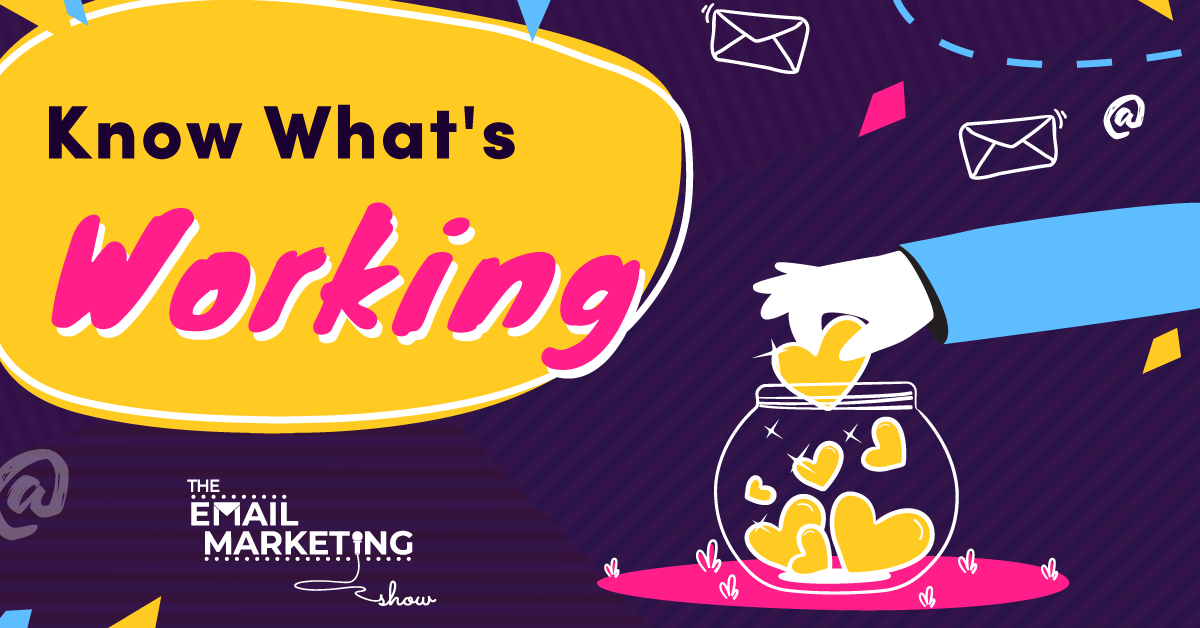
Two Things to Start Collecting So You Know What’s Working in Your Marketing
Do you ever find yourself making important business decisions based on a hunch? Would you like to know how you can improve the success rate of email marketing (and your marketing in general) by looking at data and not relying on a gut feeling? Are you curious to finally get a clear idea of what marketing works in your business so you can do more of it?
This week we're sharing a technique we created so you can ‘read the minds' of your subscribers. You'll be able to work out how they found you, where they came from, and what made them buy from you. This method is quick and effective. And it only requires you to track two simple things about your subscribers.
Ready to learn more about this and transform your business for the better?
SOME EPISODE HIGHLIGHTS: (0:16) Want to get more sales from your email marketing? Grab our Click Tricks. (4:33) Fancy a 14-day FREE trial with Keap? (We give you TWO of our campaigns for FREE with it!) (5:40) Marketing is a numbers business. (7:52) The importance of understanding what works. (10:26) Why do you need to understand your conversion mechanisms? (12:35) The problem with tracking solutions. (15:32) The two things you need to collect in your email marketing system. (20:30) How do you capture the original source and conversion mechanism? (22:48) Learn how to use this method to track the success of your marketing. (25:26) Subject line of the week.
Want to get more sales from your email marketing?
We put a little something together for you. It's really cool and it's FREE (yes, it's cool and free – we're nice like that). If you want to make more sales from your email marketing, you need more clicks on the things that you're selling!
That's why we're giving you 12 creative ways to help you get more clicks in every email you send. It's a FREE download, and it's called Click Tricks. You can grab it here.
Marketing is a numbers business
We come across a lot of business owners who think that marketing is a creative practice. And of course, there's creativity in marketing. But we think that creativity is around the way you decide to solve the numerical and data-driven problems you discover in your business. Because at its core, marketing is a numbers business.
It's about looking at what you spend in terms of time, effort, money, and resources and what the return on your investments is. This is called direct response marketing. And for us small business owners it's fundamental that the return on investments is (as much as possible) directly attributable to your spending.
The importance of understanding what works
Last month we saw a sudden surge of people joining our membership The League. We have new members every week, but we had more than usual. And we knew that was something worth investigating. Because one of the things we talk about a lot is to raise your peaks and do more of what’s working.
And if you see some changes in your business but don't have the data to understand why you're seeing these changes, then you can't course correct. You can't amplify what's working and you can't stop what's not working.
So we decided to start looking at what we might have done a few weeks or months prior that could have created this influx of people joining our membership. And we looked at activities we did in the past (not only last month) because it's rare that someone buys your product immediately, even if you're running ads directly to that product.
A lot of the time people will look at your offer and leave. And it might be a retargeting ad that encourages them to buy in the end. Or they may look at it a few times before they eventually purchase it. There's always a gap between somebody coming into your world and buying something.
And this is even more obvious with email marketing. Because somebody may join your list today but become a customer for the first time at some point in the future. There’s often a gap between when they join your list and when they buy. And if you're doing a lot of different things to build your list (say having a podcast or a YouTube channel, doing webinars, guest training, SEO, Facebook ads, etc.) you also have several conversion mechanisms.
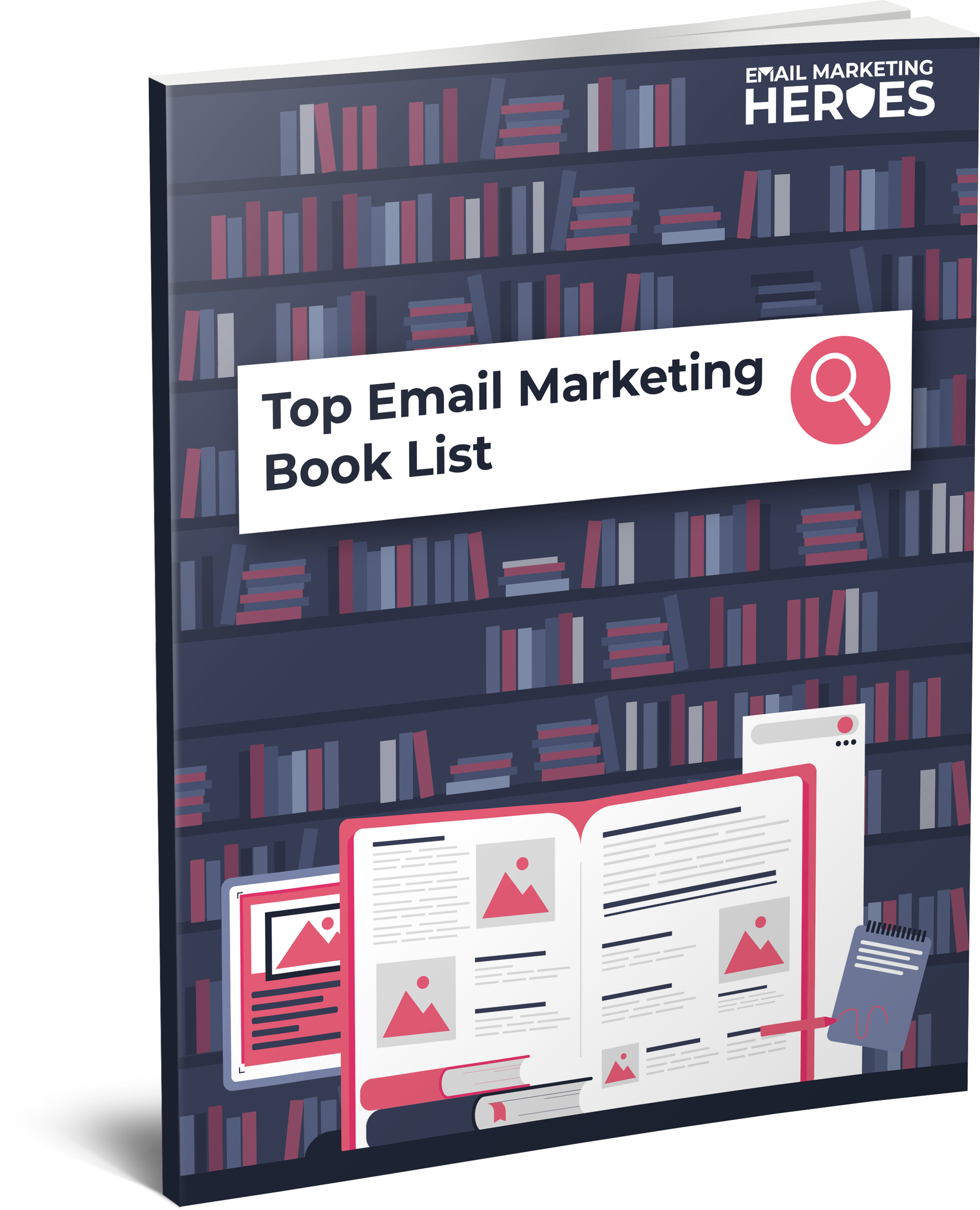
The Top 10 Books To 'Power Up' Your Email Marketing
10 book recommendations that will improve all areas of your email marketing (including some underground treasures that we stumbled upon which have been game-changing for us).
Why do you need to understand your conversion mechanisms?
So you'll need to know which traffic methods bring in the most people but also which ones help you turn them into customers. Because not all subscribers are created equal! You'll find that you have some conversion mechanisms that work better with some traffic methods than others. You need to know which traffic method and which conversion mechanism in conjunction, get you the most sales. And you also need to know which ones are costing you money. Because you might be getting conversions from a particular source but not a price you can afford to be paying.
With both conversion mechanisms and traffic sources at play, sometimes it's hard to understand what works. For example, you might have a lead magnet that converts well but only through Google ads and not Facebook ads. So what's key is for you to find out which conversion mechanisms and traffic sources combined you need to scale to get the best results. Because otherwise, you're going to spend money on strategies without getting a return on investments.
The problem with tracking solutions
So how do you find out what works? You could use analytics platforms such as Google Analytics, but they can only map out the person’s journey during a specific session, time, or device. So you might know that someone clicked on one of your blog posts and opted in for a lead magnet, but when did they join your email list? How did they get the blog post in the first place? And what got them into your world for the first time?
These are the questions you're trying to answer, and in technical terms, that's called attribution. It's about knowing how to attribute an activity you did with the result you want to get so you can do more of what's working and do less of (or stop doing) what’s not working.
And unfortunately, if you run ads, ad tracking is getting worse. We’ve recently seen an increase in retargeting ads for products that we already bought. And this is from big companies and smart marketers! That's because at the moment the technology and communication between web pages and the ad platforms aren’t good. This might change again in the future, but at the moment, it’s worse than it’s ever been.
In order to understand what's working in our own marketing, we'd been trying to find a solution for years. Like many others, we tried expensive tracking software solutions, but they didn't work for us the way we'd hoped they would. They probably work best for businesses that have more linear and simpler funnels.
So if you don't have lots of different products, emails, or campaigns happening at the same time, tracking software solutions might work well for you, too. But you need to be aware of the fact that with any of those tools the control lays elsewhere. So, for example, if Facebook makes changes to the way they work, these solutions might not help you anymore.
The two things you need to collect in your email marketing system
So after trying a few things and not getting very far with them, we've come up with our own solution, which we talk you through, step-by-step in this video here. Unlike complicated tracking solutions that you need to learn how to use, this is super simple and gets the job done.
This method helps you look at every subscriber that comes into your world and determine what traffic source they came from. And the great news is that you can apply this method no matter how many subscribers you already have – you can start at any point and stage of your business.
And here are the two pieces of information you want to track:
- The original source. This is where the subscriber came from. Every time somebody new joins your email list (or if they buy something from you), you want to grab this piece of data. It’s probably just a word or two, like “Facebook ad” or “podcast”. It’s the original source of where that person came from.
- The conversion mechanism that got that person to buy. What made them purchase your product when they did? If we reverse engineer the process by which we acquire that customer, what was the conversion mechanism? A webinar, a particular Facebook ad, your LinkedIn or Instagram bio?
Now that you have these two bits of information, you know what works, what you need to do more of, and what you need to keep an eye out for and stop. If something hasn't given you any customers over the last couple of months, then it's time to stop that activity.
How do you capture the original source and conversion mechanism?
In order to capture the original source and conversion mechanism for each subscriber, we suggest you have a couple of custom fields that can't be overridden or changed inside your email marketing platform.
Once you've captured that data (and we show you how to do it in this video) you can run a report that shows you how many people came in from each of the major traffic sources in your business and find out exactly which mechanisms were converting them. This allows you to see which traffic source turns into the highest conversions. You can obviously see what's not working and even figure out whether one conversion mechanism is working with one traffic source but not others.
Another thing we suggest you look at is the lead time and value of every new subscriber from each of the sources. How long does it take somebody from a source (say, a Facebook ad) to turn into a subscriber in comparison to another source (say, a webinar)?
Learn how to use this method for tracking the success of your marketing
Follow this method, and you'll have concrete proof attached to every single contact in your email marketing system. This means you'll be able to stop making business decisions by relying on your gut feeling – you'll know what's working and what isn't unquestionably. And you won't be relying on external platforms or tools. The information won't risk disappearing overnight because you own this data. It's attached to your record inside your email marketing provider on a subscriber-by-subscriber basis.
So before you do any more list building, please go and watch this video and implement this method! The quicker you do this, the better your list-building methods will become.
Subject line of the week
This week's subject line is “Final call for the [YOUR PRODUCT NAME]”. This is a very direct subject line, and we use it a lot. It's for the email that goes out 60 minutes before an offer closes. You can also use the wording “final call” or “last chance”.
Sending this email works well because when you send an email, you get the majority of opens and clicks within the first hour. So if you only send one email on the last day of your offer, you're missing an opportunity. Because will open the email when you first send it but won't take action or go back to it. So try this and see what it does to your sales!
Useful Episode Resources
Related episodes
How to Get Out of a Sales Slump.
Build Your List using Viral Ads with Dave Rotheroe from Grip Advertising.
Blogging for Email List Building with Martin and Lyndsay from Jammy Digital.
FREE list of the top 10 books to improve your email marketing
If you want to write better emails, come up with better content, and move your readers to click and buy, here's how. We put together this list of our Top 10 most highly recommended books that will improve all areas of your email marketing (including some underground treasures that we happened upon, which have been game-changing for us). Grab your FREE list here.
Join our FREE Facebook group
If you want to chat about how you can maximise the value of your email list and make more money from every subscriber, we can help! We know your business is different, so come and hang out in our FREE Facebook group, the Email Marketing Show Community for Course Creators and Coaches. We share a lot of training and resources, and you can talk about what you're up to.
Try ResponseSuite for $1
This week's episode is sponsored by ResponseSuite.com, the survey quiz and application form tool that we created specifically for small businesses like you to integrate with your marketing systems to segment your subscribers and make more sales. Try it out for 14 days for just $1.
Join The League Membership
Not sick of us yet? Every day we hang out in our amazing community of Email Marketing Heroes. We share all of our training and campaigns and a whole bunch of other stuff. If you're looking to learn how to use psychology-driven marketing to level up your email campaigns, come and check out The League Membership. It's the number one place to hang out and grow your email marketing. Best news yet? You can apply everything we talk about in this show.
Subscribe and review The Email Marketing Show podcast
Thanks so much for tuning into the podcast! If you enjoyed this episode (all about the two things to collect to improve the success rate of email marketing) and love the show, we'd really appreciate you subscribing and leaving us a review of the show on your favourite podcast player.
Not only does it let us know you're out there listening, but your feedback helps us to keep creating the most useful episodes so more awesome people like you can discover the podcast.
And please do tell us! If you don't spend time on email marketing, what do you really fill your working days with? We'd love to know!
2 thoughts on “Two Things to Start Collecting So You Know What’s Working in Your Marketing”
Leave a Reply
You must be logged in to post a comment.


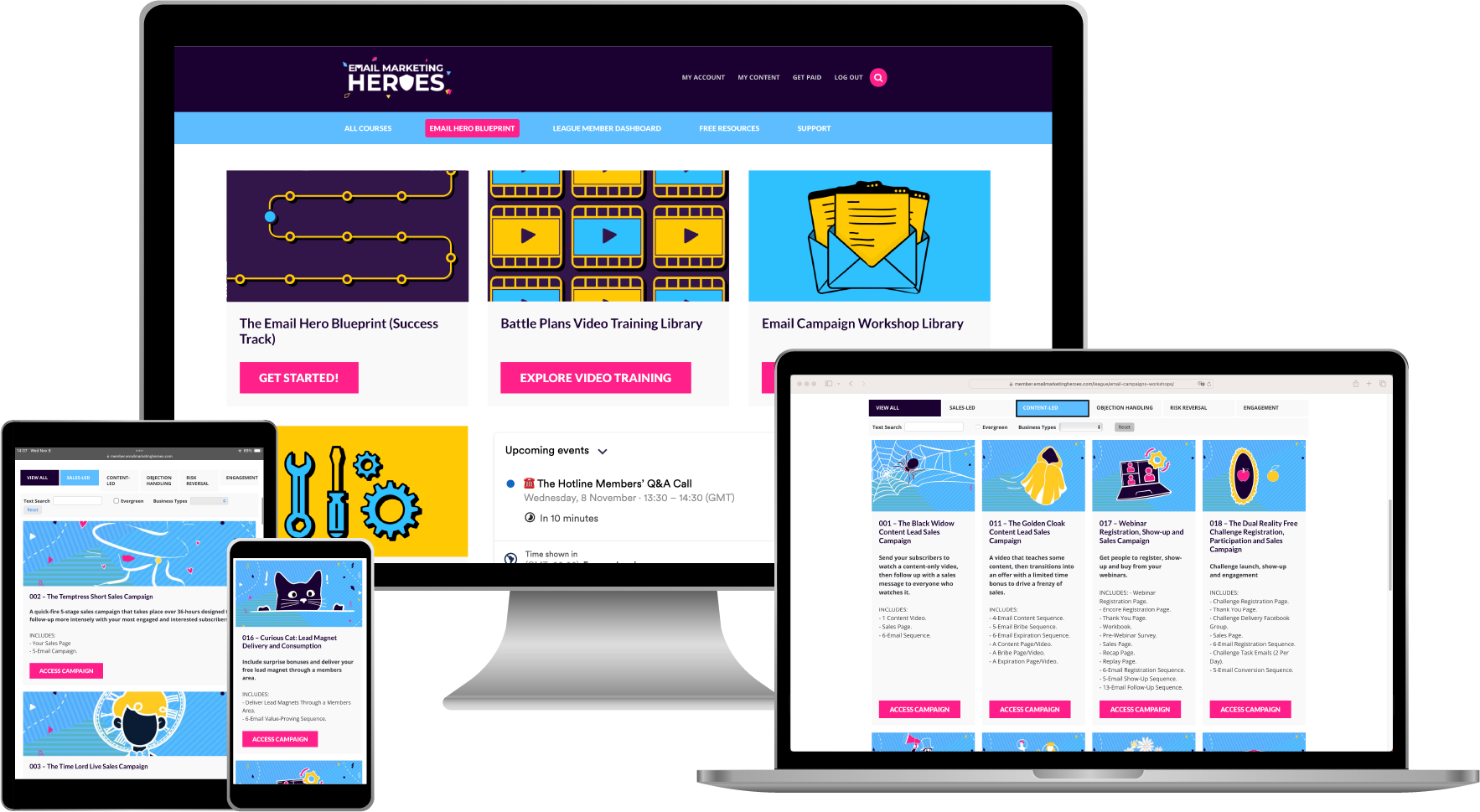
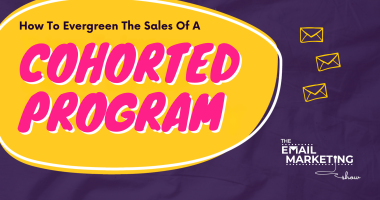
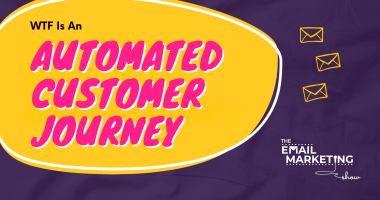

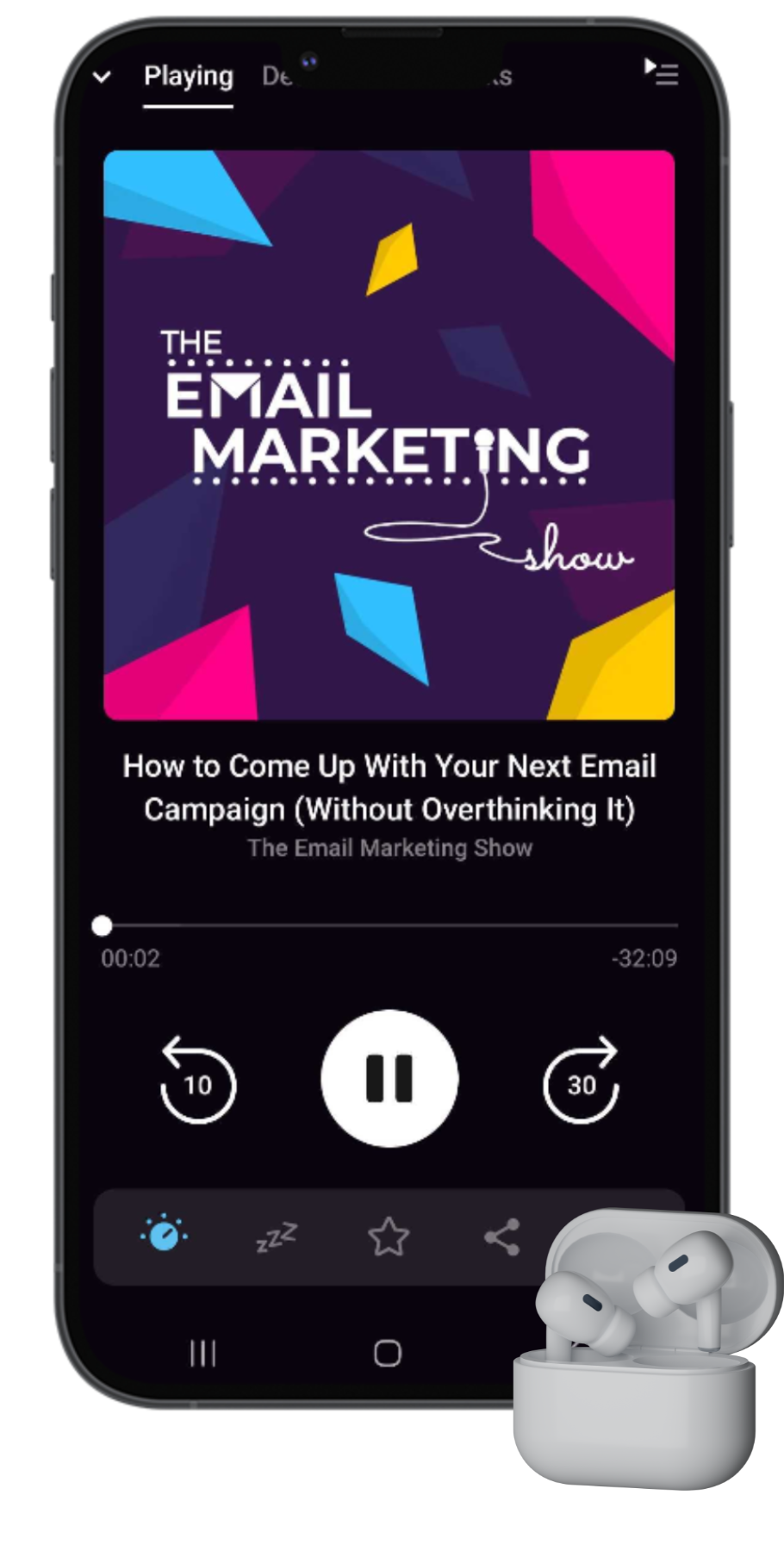
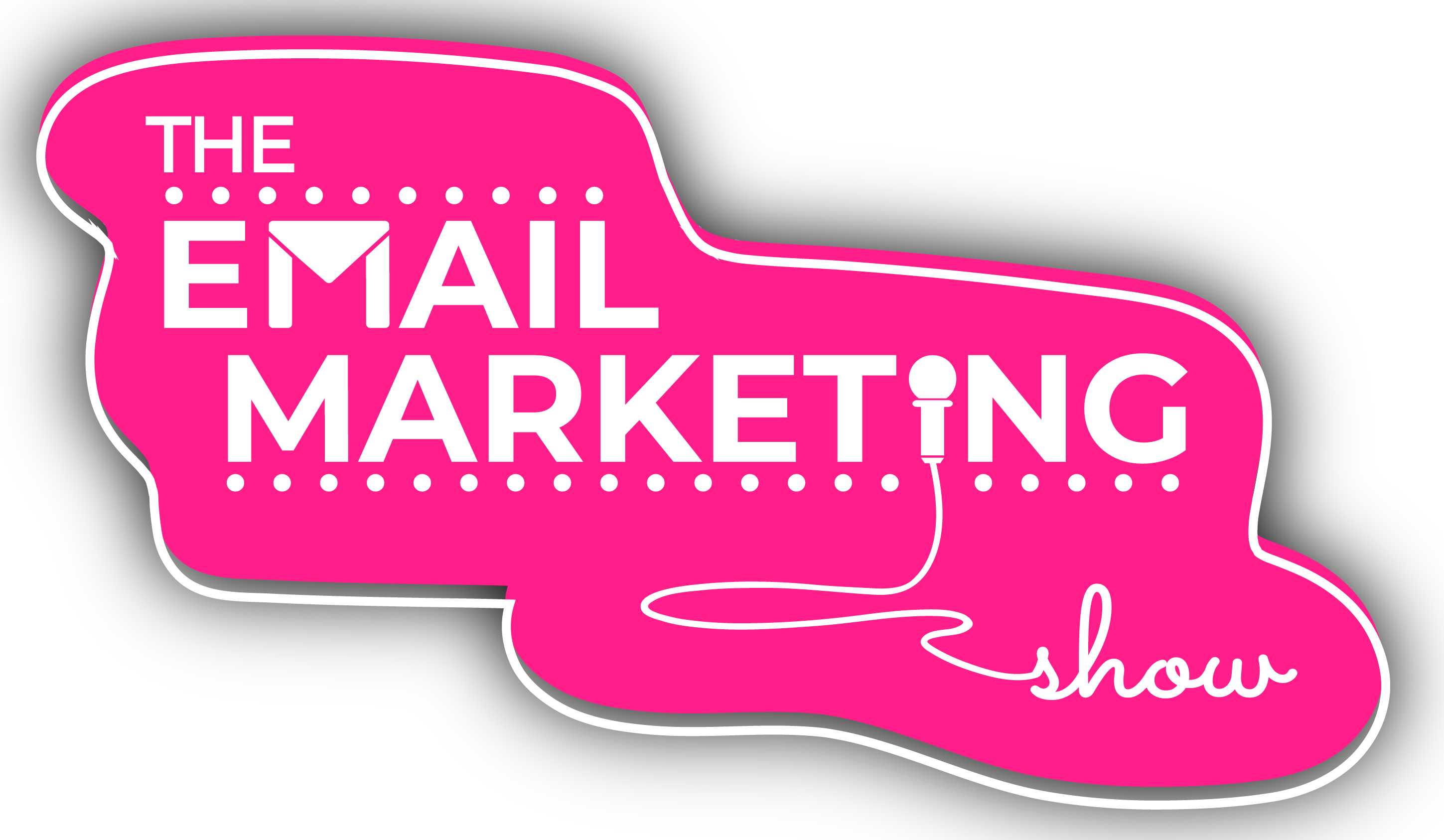
Hey,
We want to capture the original source from where our subscribers come from. Actually, we want to track if they subscribe to our VIP list from FB/ IG or from email campaigns. I found your video about it and I wanted to ask you guys if it works with Klaviyo platform.
Thank you!
Kind regards,
Klara
Hey Klara! AutomateHero (our software tool for members of The League) recently integrated with Klaviyo, so this works perfectly that way now 🙂